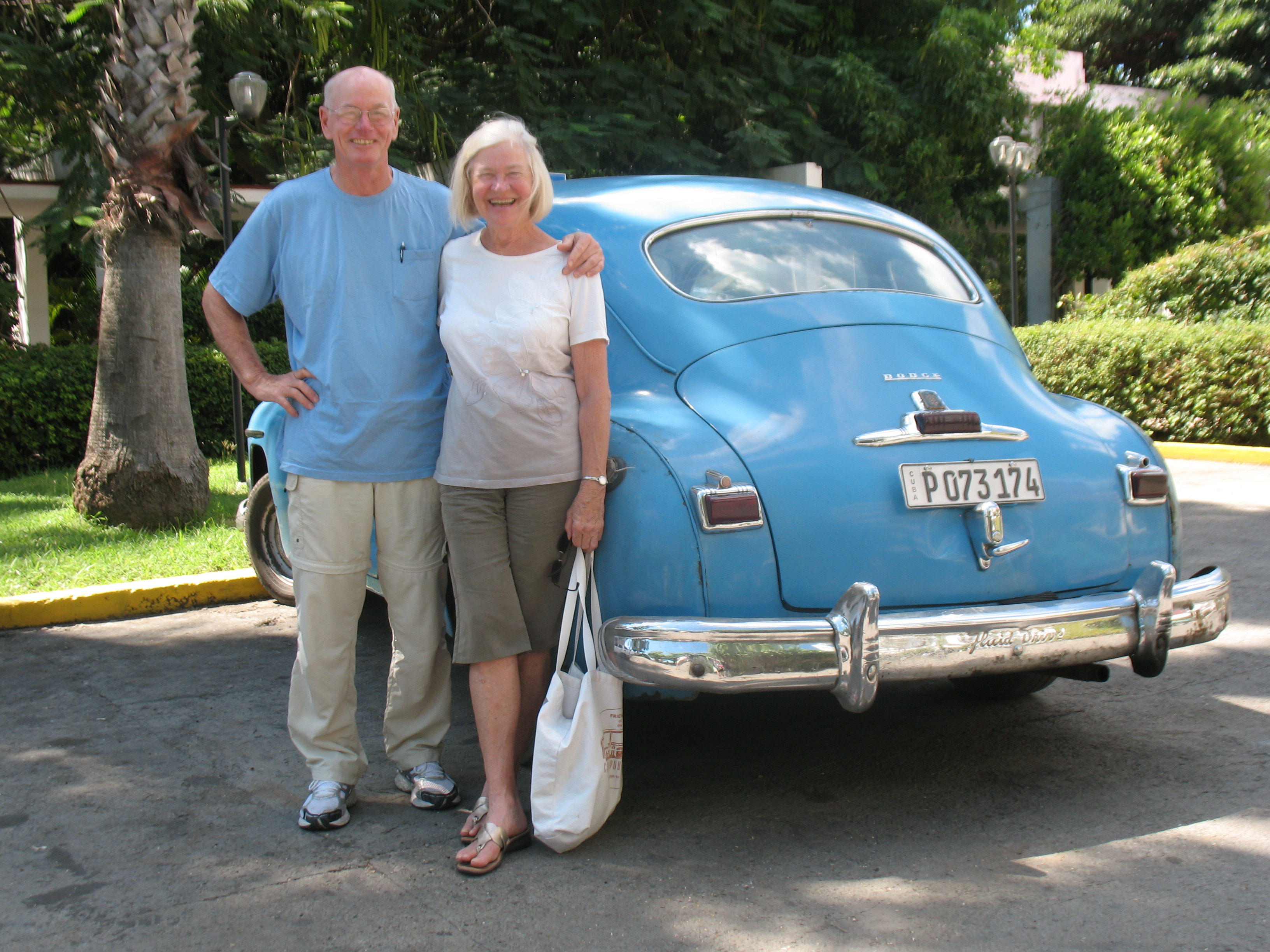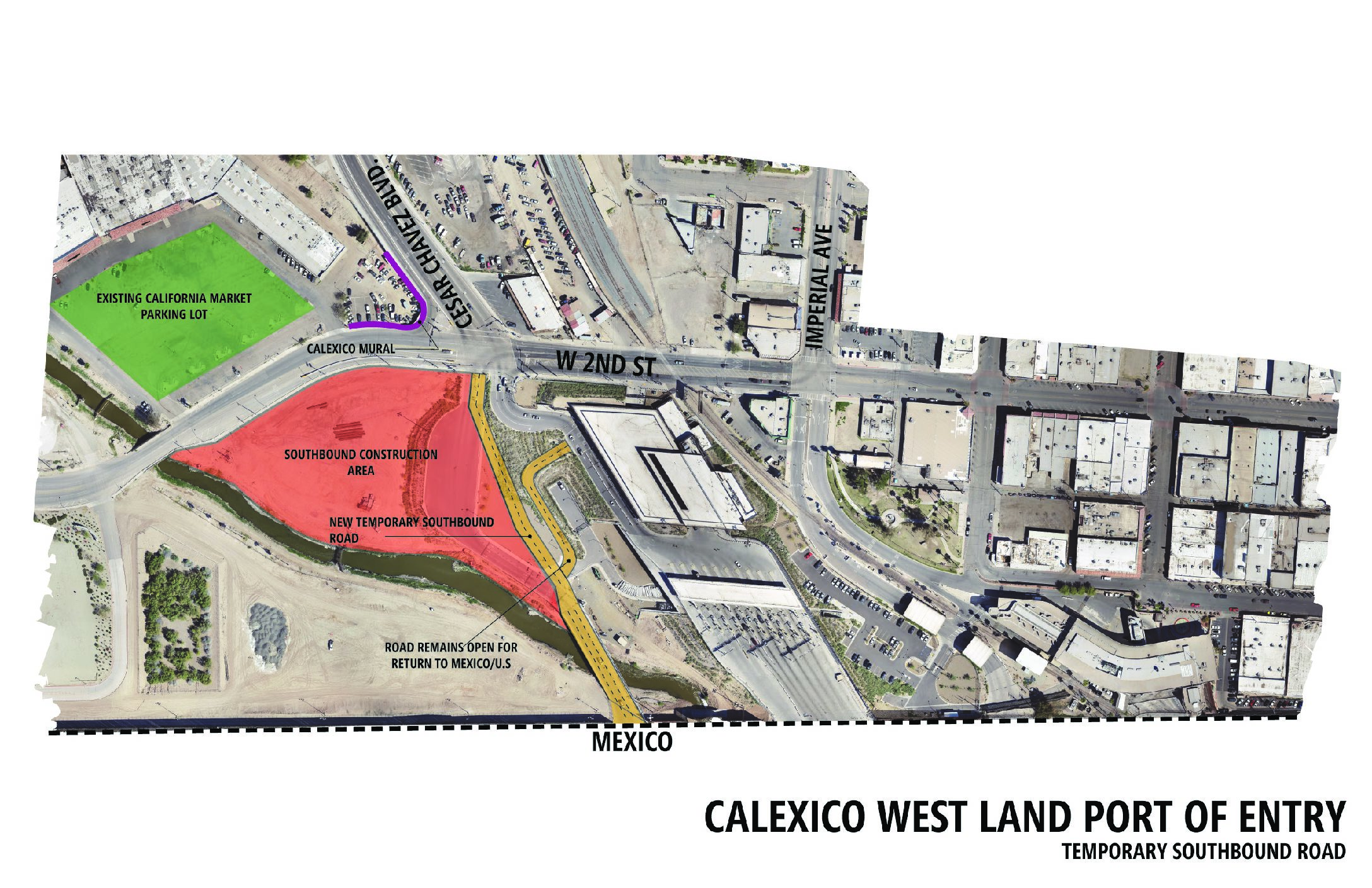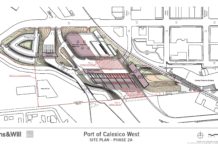With travel restrictions being eased, Americans are flocking to this island nation
“A revolution is not a bed of roses. A revolution is a struggle between the future and the past.”
— Fidel Castro
The U.S. and Cuba have recently agreed to reestablish political and economic relations. This normalization will take time; time to bring Cuba into the 21st century.
Cuba is struggling with a worn-out and unworkable revolutionary vision. Struggling economically, partly due to a U.S. imposed trade embargo and partial travel ban, and struggling with their own political identity in a world that has shrugged off the Communist ideology of the 1950’s. As a result, visiting Cuba is like no other experience in the world.
In 1956 Fidel and Raul Castro, Che Guevara and a handful of revolutionaries landed on a remote beach in Cuba. For three years, they fought the army of the brutal dictator Juan Batista. On January 1, 1959, revolutionary forces led by Fidel Castro enter Havana greeted by cheering mobs.
Initially, Fidel nationalizes some companies and land reform is put in place, giving title to two hundred thousand peasants. But, when Fidel reveals his true revolutionary vision, the door closes on U.S. Cuba relations.
Americans can travel to Cuba, legally, via a sanctioned “people-to-people” educational program. This can be done on one’s own or in a tour group. We chose Friendly Planet’s Colors of Cuba nine-day tour.
We visited a medical clinic, organic farm, school, senior citizen home, national park, Che Guevara’s memorial, and the cities of Havana, Cienfuegos, and Trinidad. We explored Ernest Hemingway’s home, a synagogue and . . . had some unexpected surprises along the way.
Entering old Havana felt like a dream. This can’t be real. We were greeted by mildew-covered old colonial-style buildings everywhere, untouched, cleaned or repaired in a half a century. Balconies with rusted wrought iron rails, cracks in virtually every structure, rotted wooden shutters, and clothes hanging to dry from windows and doorways were pervasive. It felt like a scene from an old Mad Max movie, in which the civilized world had come to an end, leaving pockets of people to scramble, to make do with what they had.
‘Make do’ is exactly what Cubans have been doing, starting with old American cars left behind when relations between the U.S. and Cuba came to a screeching halt. Plymouths, Studebakers, DeSotos, Packards, Chevy Bel Airs from the 1950’s are everywhere.
Our Cuban tour guide, Norberto, met us at Havana’s International Airport. The airport was, as all things are in Cuba, a throwback to the 1950’s. Its sparsely-decorated interior and low-voltage fluorescent lighting said, in so many words, “Bienvenidos a Cuba,” the land that time forgot.
In his early forties, with short black hair, and wearing an over-washed, over-worn, reddish orange polo shirt, a shirt that would be his trademark for the next nine days, Norberto ushered us toward our bus for an initial tour of Havana. Nor, as we called him, spoke perfect English, had several college degrees and most importantly possessed a sense of humor, which would come in handy as we negotiated our way through Cuban culture in the following days.
In Havana, we dropped by an elementary school, an artist’s production studio, and centuries-old fortresses. We ate at government-run restaurants for lunch and dinner. Cuban food in the U.S. has developed a reputation as a flavorful fusion of Spanish, African and Caribbean cuisines. So it was a bit of shock to find out that Cuban food in Cuba is anything but flavorful. It’s on the bland side. A typical meal might be chicken and rice with a green vegetable. Norberto explained that the hotels and restaurants were owned by the government which helped to explain the lack of imaginative dishes. We would though, in the coming days, be treated to some Paladars, privately-owned restaurants, which serve a variety of flavorful dishes.

Havana, with a population of two-and-a-half-million people is actually two cities – the old city or “old Havana,” with its original colonial architecture, and the suburbs with newer structures. In spite of the deteriorating physical state of old Havana, UNESCO deemed it a World Heritage site in 1982 because of its colonial architecture and historic fortifications. In the suburbs we saw the influence of the former Soviet Union, ugly concrete-grey public housing buildings everywhere without balconies, blackened with mildew stains and of course, laundry hanging from windows and doorways.
When Christopher Columbus landed in Cuba he wrote “this land is the most beautiful that the human eye has ever seen.” The ride from Havana to the cities of Trinidad and Cienfuegos, five hours south, introduced us to Columbus’ view – a patchwork of lush green valleys, rising up in the distance to form small mountains. Good roads, little traffic, it was all so peaceful and serene on the way to Trinidad; hard to imagine an area so picturesque was, not so long ago, caught up in an insurrection which would determine Cuba’s fate for the next half century.
Cuban politics give new meaning to the word contradiction. On one hand, everyone has food, with the help of their ration card, and everyone has a free education and free health care. On the other hand, it’s not uncommon for doctors to drive taxi cabs to supplement their income. In fact, according to Nor, most Cubans supplement their incomes.
On our government-approved tour, the Cubans we saw seemed to be okay with their lot in life, enjoying music and sports, and they apparently have live bands wherever they go. On a trip to a national park, we pulled up at 10:00 a.m., were treated to Mojitos and a live salsa band. After twenty minutes or so, another tourist bus pulled up, free Mojitos and free band. However, no Cubans in old DeSotos pulled up for their free breakfast cocktail.
Back in Havana, we went to a “pairing” event. In the U.S., pairing is normally associated a certain food combined with a certain wine. But in this case it was a pairing of Cuban coffee, Cuban rum and a Cuban cigar. And of course, there was a salsa band. The event turned out to be great fun, even though I’m sure most in the group were not cigar smokers. They all gave it a few puffs, took photos and laughed a lot.
That evening, it was off to salsa dance lessons and a farewell dinner party. The restaurant was a Paladar, so the food was plentiful and tasty.
As we boarded the bus for our trip to the airport, Nor answered a few remaining questions. Everyone in our group knew Cuba is on the cusp of some rather dramatic changes. Nor confirmed this stating: “You’re lucky to see Cuba now, at the beginning of this great change.” He went on to explain how the trade embargo was hindering Cuba’s development, but the country would move forward in spite of these restrictions.
With a nation dependent on food rationing, free education and free medical services, this change will have to be well managed, because Cuba is worn thin, teetering between the promises of revolutionary rhetoric and the somber need for a higher standard of living.
Once through security, I turned around for a last glimpse of this fascinating country, and there was Nor, big smile, waving – wearing that same over-washed, over-worn, reddish orange shirt.
Robert Ross is a long time resident of Clairemont. When not writing or exercising, he enjoys travel and classical guitar. He can be reached at sandiegoross@yahoo.com




